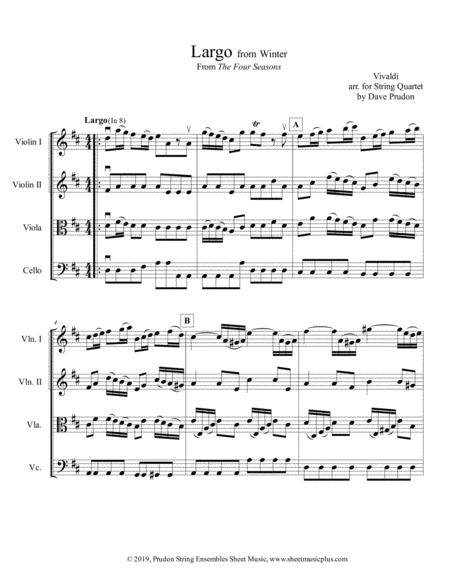

Vivaldi identifies himself on the title page of Op 8 as the holder of three prestigious positions: Count Morzin’s ‘maestro di musica in Italia’ (presumably sending fresh compositions to Prague on an occasional basis), ‘maestro di concerti’ of the Ospedale della Pietà (the concertos are unlikely to have any connection to Vivaldi’s shifting connections with the Venetian institution), and ‘maestro di capella da camera’ to Prince Philip of Hesse-Darmstadt (a role Vivaldi appears to have fulfilled in 1718-20 during the prince’s period as imperial governor of the Duchy of Mantua). Morzin employed an orchestra at his main residence in Prague, and the count’s household accounts confirm that he certainly received concertos from the composer from 1719 until about 1728 his short-term resident music director Johann Friedrich Fasch apparently took copies of several Vivaldi concertos with him when he moved to become Kapellmeister at the Zerbst court in 1722, and in 1723 the count passed some on to Duke Anton Ulrich of Saxe-Meiningen (a nephew of Charles VI, and later also one of Vivaldi’s patrons). Most likely the Red Priest’s first patron north of the Alps, the Bohemian nobleman accompanied his two sons on their Grand Tour in 1718, when he probably first met Vivaldi in either Venice or Mantua.

Vivaldi dedicated the collection to Count Wenzel von Morzin (1675-1737), who was Lord Chamberlain to the Holy Roman Emperor Charles VI and a distant cousin of Haydn’s first employer Karl Joseph Franz Morzin. The first fruit of this renewed contact between Venice and Amsterdam was the publication of Il cimento dell’armonia e dell’inventione (‘The test of harmony and invention’, Op 8, 1725), comprising twelve violin concertos in four and five parts-the first four of them constituting Le quattro stagioni.

In the mid-1720s Vivaldi recommenced a closer partnership with Roger’s son-in-law and eventual successor Michel-Charles Le Cène (1683/4-1743, married to Roger’s elder but less favourite daughter Françoise). However, it appears that the next three Vivaldi opuses were organized by the engraver and printer without the composer’s involvement, but featuring the imprint of Roger’s daughter Jeanne (1701-1722): a collection of solo and trio sonatas (Op 5, 1716), six violin concertos (Op 6, 1719), and twelve concertos for various instruments (Op 7, 1720, featuring at least three spurious works). L’estro armonico (‘Harmonic whim’, Op 3, 1711) and La stravaganza (‘Extravagance’, Op 4, 1716) appear to have been close collaborations with the Huguenot refugee Estienne Roger (1665/6-1722). The first two sets-the Op 1 trio sonatas (1705) and Op 2 violin sonatas (1709)-were both published in Venice, but thereafter all of Vivaldi’s printed collections were produced in Amsterdam. During his lifetime twelve sets of chamber and orchestral music were printed with opus numbers. While it is tempting for us to assume that most of Vivaldi’s creative energies as a performer-composer were concentrated on either the Pietà or the opera house, many of his diverse concertos must have originated elsewhere. By about 1706 ‘The Red Priest’ ceased to say Mass, later claiming that this was on account of chronic asthma-which, it must be noted, never stopped him from undertaking numerous rigorous journeys (to Florence, Rome, Prague and Vienna) in pursuit of opera commissions. It was also in 1703 that he was recruited as a tutor of several string instruments at the Ospedale della Pietà, one of Venice’s four ‘Ospedali Grandi’ renowned for the advanced musical abilities of foundlings and orphans, and with which he had an on-and-off association for the rest of his life. Nevertheless, by the time he was ordained as a priest on 23 March 1703 (aged twenty-five) he had long since made his first documented public performance as an extra violinist at St Mark’s in Christmas services (in 1696). The song is sung by Baroque Chamber Orchestra, English, German, Anticon, Soloists.Taught the violin his by father, Vivaldi trained for the priesthood in the family’s local parish of San Martino in the Castello district of Venice. Vivaldi's Winter from the Four Seasons Concerto for Violin song from album Baroque Violin Music is released in 2014. Listen to Baroque Chamber Orchestra, English, German, Anticon, Soloists Vivaldi's Winter from the Four Seasons Concerto for Violin MP3 song.


 0 kommentar(er)
0 kommentar(er)
